In the fast-evolving digital space, making smarter choices is more valuable than making more noise. Digital Marketing 2025: A Practical Outlook for the Freelance Digital Marketing Business emphasizes that success now depends on selecting the social marketing platforms that truly support your brand’s goals and connect with your ideal audience. For freelancers, this means moving away from a “be everywhere” mindset and focusing on where your message will have the most impact. Quality engagement on the right social marketing platforms drives stronger results than spreading your efforts too thin.
2. Why Being on Every Social Marketing Platform Doesn’t Always Work
In the fast-paced digital marketing landscape, it’s tempting to believe that the more social marketing platforms you’re on, the greater your reach and success will be. But in reality, spreading your presence across too many channels without a clear strategy can dilute your brand, exhaust your resources, and confuse your audience. When it comes to social marketing platforms, a focused approach often produces far better results than an overly ambitious one.
2.1 Your Brand Identity Gets Lost
Every social marketing platform has its own ecosystem—its own language, tone, content formats, and audience behaviors. Instagram favors visual storytelling, LinkedIn values professional thought leadership, TikTok thrives on authenticity and short-form video, and Pinterest is driven by search and planning behavior. When brands post the same generic content across all platforms without adapting it to each one, the message becomes disjointed and ineffective.
Rather than reinforcing your identity, it creates a fragmented brand perception. Audiences can tell when content doesn’t “fit” the platform, and over time, this disconnect reduces trust and engagement. A strong, consistent brand voice must be aligned with how each platform works—not forced into a one-size-fits-all model.
2.2 You Waste Time, Budget, and Bandwidth
Being active on every major social marketing platform demands a lot—planning, content creation, scheduling, community management, ad optimization, performance tracking, and more. Each platform requires tailored visuals, captions, and formats. If you’re a solo marketer or part of a small team, trying to maintain five or six platforms at once can lead to serious burnout.
Worse, without measurable returns, you could be investing precious time and marketing budget into channels that aren’t moving the needle. It’s not just about being busy—it’s about being productive and strategic with the platforms that bring real ROI.
2.3 Your Engagement Becomes Inconsistent and Superficial
Audiences expect reliability. If you’re not showing up regularly on your selected social marketing platforms, your presence can start to feel hollow. Posting inconsistently—or abandoning a channel for weeks—sends a message that your brand lacks commitment or organization.
The result? You lose momentum. Engagement drops. Algorithms deprioritize your content. And your followers, unsure of what to expect, stop paying attention. By trying to be everywhere, you might end up meaning less to everyone.
The Smarter Approach
Rather than aiming to conquer every social marketing platform, choose the ones that align with your brand’s goals, audience behavior, and content strengths. A strategic presence on two or three platforms—backed by consistent, high-quality content—will always outperform scattered efforts across six or seven.
In digital marketing, focus wins over frenzy. It’s not about being everywhere. It’s about being impactful where it counts.
3. Understanding Your Objectives and Audience

To effectively utilize social marketing platforms, you need a clear understanding of your objectives and audience. This foundational step ensures that your efforts align with your business goals and resonate with the right people. Below, we dive deeper into defining goals, profiling your audience, and mapping strategies to the most suitable platforms.
3.1 Define Your Primary Goals

Your goals will steer your approach to social marketing platforms. Clearly defined objectives help you measure success and prioritize resources. Consider these common goals:
-
Brand Awareness: Boost visibility and recognition of your brand among potential customers by leveraging the reach and influence of social marketing platforms.
-
Lead Generation: Capture contact information or interest from prospects to nurture future sales.
-
Community Building: Foster a loyal group of followers who engage with your brand and advocate for it.
-
Sales/Conversions: Drive direct purchases or specific actions, such as signing up for a service.
Each goal influences the platforms you choose and the type of content you create. For example, visually-driven platforms like Instagram are ideal for brand awareness, while LinkedIn excels for professional lead generation.
3.2 Profile Your Ideal Audience

Understanding your audience is essential for choosing the most effective social marketing platforms and creating content that truly connects with them.. Ask these key questions:
-
Who are they? Define demographics (age, gender, income level), interests (hobbies, values), and behaviors (online shopping habits, content consumption preferences).
-
Where do they hang out online? Identify which platforms your audience uses most. Younger audiences often prefer platforms like TikTok, whereas LinkedIn tends to attract a more professional, career-focused demographic.
-
What content format do they prefer? Some audiences respond better to short-form videos (e.g., TikTok Reels), while others engage with in-depth articles (e.g., LinkedIn posts) or visual storytelling (e.g., Instagram Stories).
Use tools like platform analytics, surveys, or customer feedback to build detailed audience personas. This ensures your content aligns with their preferences and behaviors.
3.3 Map Goals to Appropriate Platforms
Different social marketing platforms excel at achieving specific goals. Below is a breakdown of platforms best suited for each objective, along with strategies to maximize impact:
|
Goal |
Best Platforms |
Why It Works |
|---|---|---|
|
Brand Awareness |
Instagram, TikTok, YouTube |
These platforms prioritize visual and video content, ideal for storytelling and reaching broad audiences. Use eye-catching visuals, influencer partnerships, and trending hashtags to boost visibility. |
|
Lead Generation |
Facebook Ads, LinkedIn Ads, Pinterest |
Targeted advertising options allow precise audience segmentation. For example, LinkedIn Ads are effective for B2B leads, while Pinterest drives discovery for lifestyle products. |
|
Community Building |
Facebook Groups, LinkedIn Groups, X Communities |
These platforms foster interaction and dialogue, helping you build loyal communities around shared interests or values. Engage with polls, Q&As, and user-generated content. |
|
Sales/Conversions |
Instagram Shopping, TikTok Shop, YouTube Product Reviews |
E-commerce integrations and product-focused content (e.g., shoppable posts, tutorials) drive direct purchases. TikTok’s viral potential and Instagram’s seamless checkout features are particularly effective. |
3.4 Tailor Your Strategy for Maximum Engagement

Once you’ve identified your goals and audience, customize your approach for each social marketing platform:
-
Content Type: Match content to platform strengths. For instance, short, entertaining videos work well on TikTok, while LinkedIn favors thought-leadership posts or case studies.
-
Posting Frequency: Each platform has unique expectations. Instagram and TikTok thrive on daily posts, while LinkedIn may require only 2–3 high-quality posts per week.
-
Engagement Tactics: Respond to comments, use platform-specific features (e.g., Instagram Stories polls, X Spaces), and leverage trends to stay relevant.
-
Analytics Tracking: Use platform analytics (e.g., Instagram Insights, YouTube Analytics) to monitor performance and refine your strategy. Track metrics like reach, engagement rate, and conversion rates to ensure alignment with your goals.
3.5 Stay Adaptable to Platform Trends
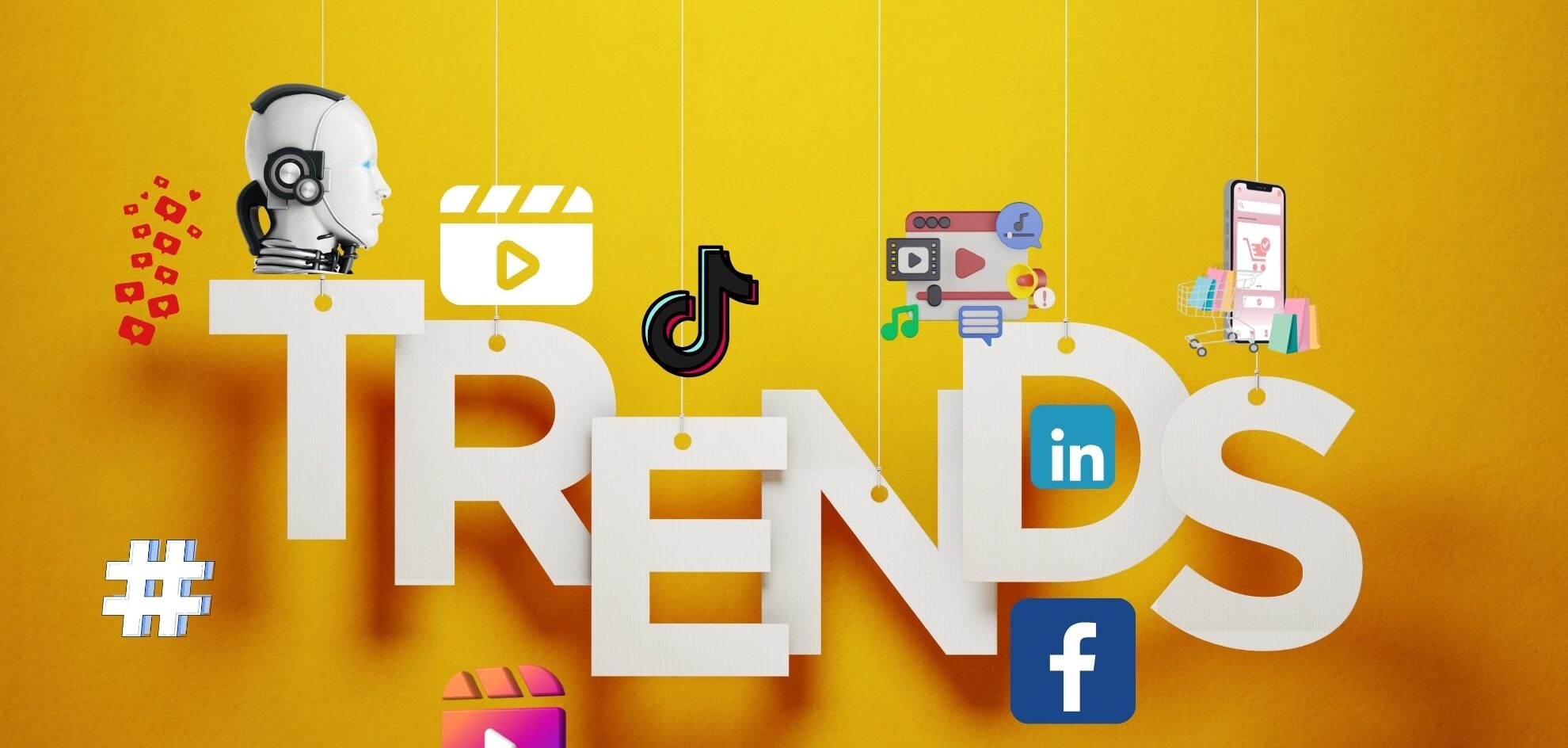
Social marketing platforms evolve rapidly. New features, algorithms, and user behaviors can shift your strategy’s effectiveness. Regularly monitor platform updates and experiment with emerging tools (e.g., Instagram Reels, TikTok Duets) to stay ahead of the curve. Joining relevant X communities or following industry leaders on social marketing platforms can provide real-time insights into trends and best practices.
By aligning your objectives, audience insights, and platform choices, you can create a focused strategy that maximizes the impact of social marketing platforms for your business.
4. Platform Deep Dives
4.1 Instagram
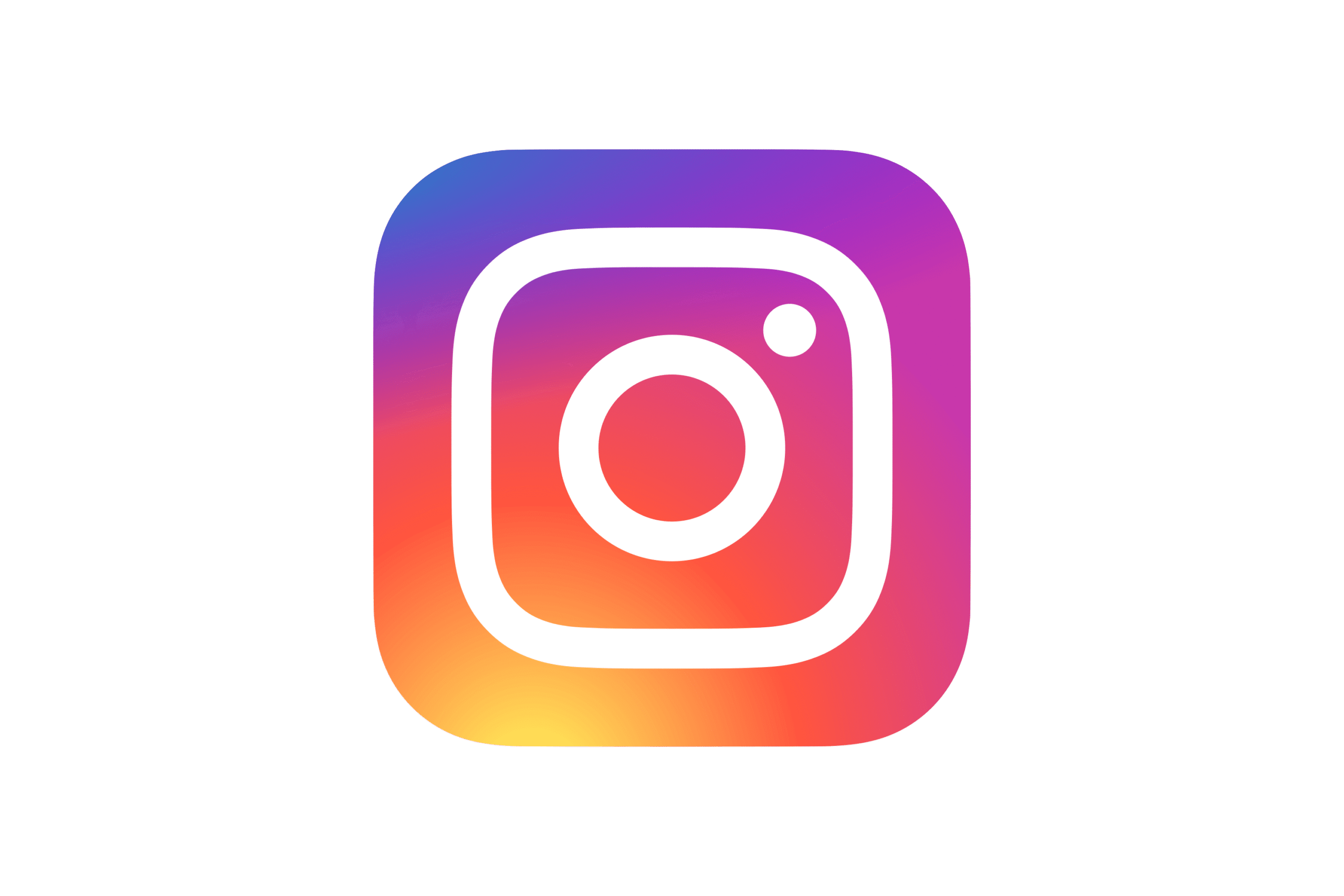
-
Best for visual storytelling, product showcases, and engagement via Stories/Reels.
-
Ideal for lifestyle brands targeting Millennials/Gen Z.
-
Paid partnerships and influencer marketing are strong here.
4.2 Facebook
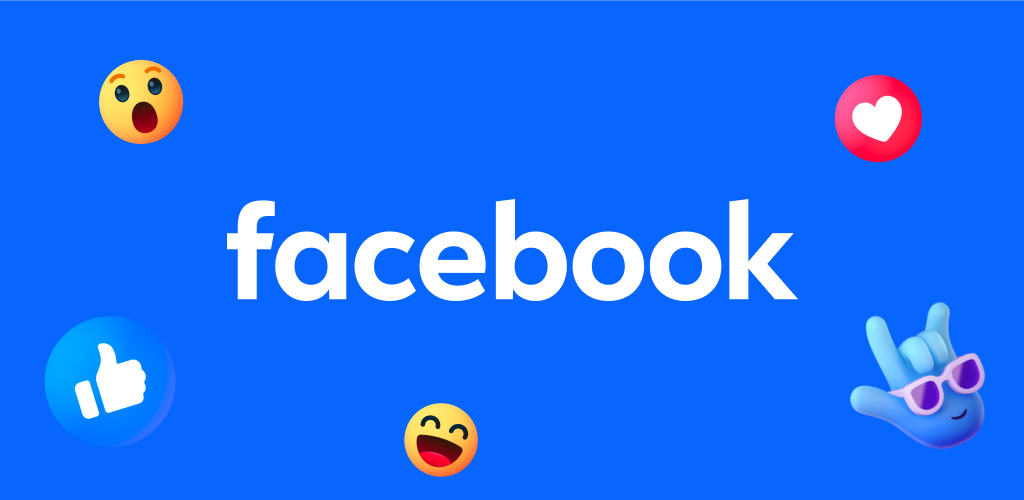
-
Great for local businesses, community groups, and boosting posts to reach new audiences.
-
FB Ads Manager offers advanced targeting for conversions and event/lead campaigns.
4.3 LinkedIn

-
Perfect for B2B brands, thought leaders, service providers.
-
Long-form posts, SlideShares, and newsletters earn high-quality leads.
4.4 TikTok
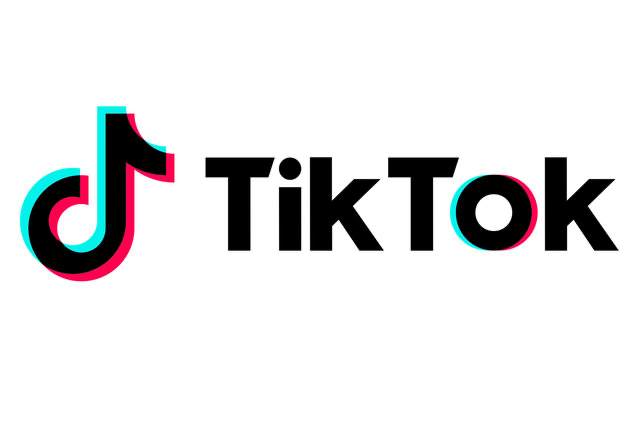
-
Short-form, entertainment-first content.
-
Suited for personality-driven brands.
-
High potential for virality with minimal production costs.
4.5 YouTube
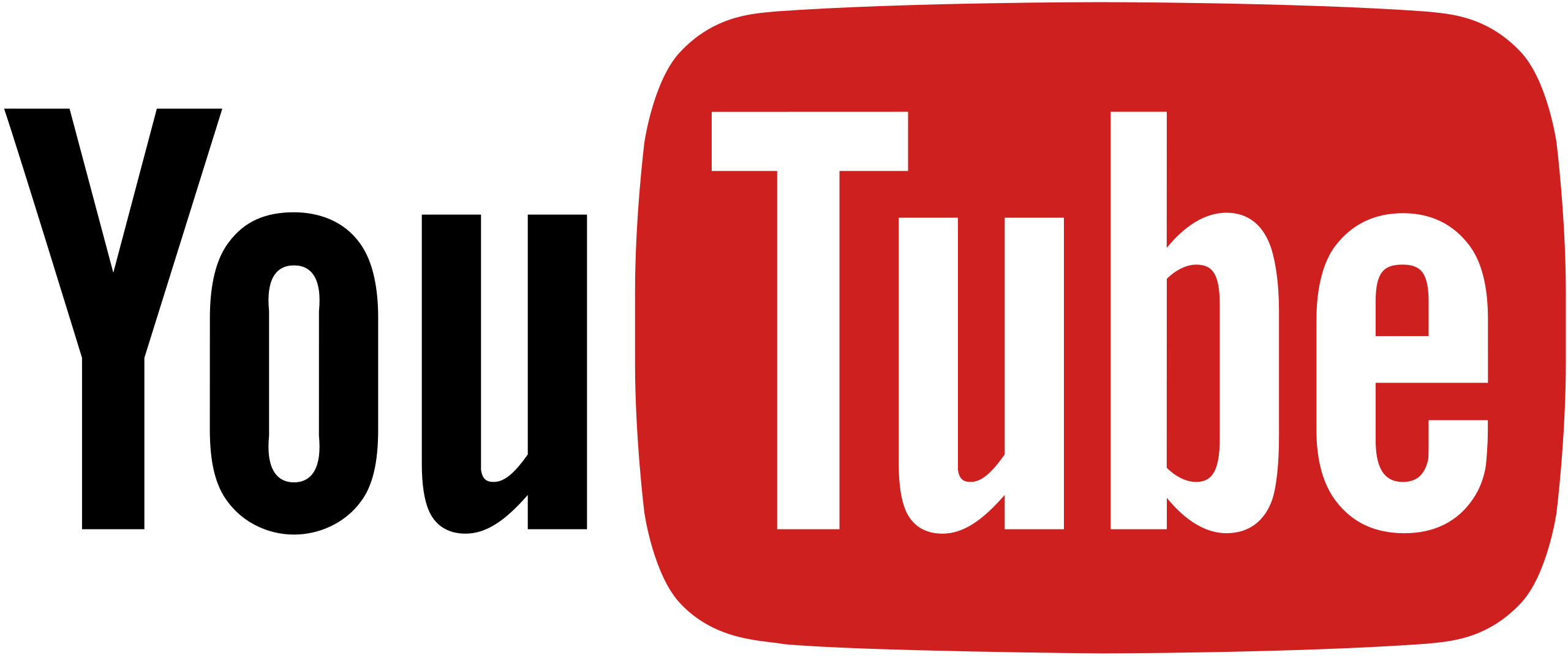
-
King of long-form content—ideal for tutorials, explainer videos, product demos.
-
Excellent for SEO and evergreen content with ongoing discovery.
4.6 X (formerly Twitter)
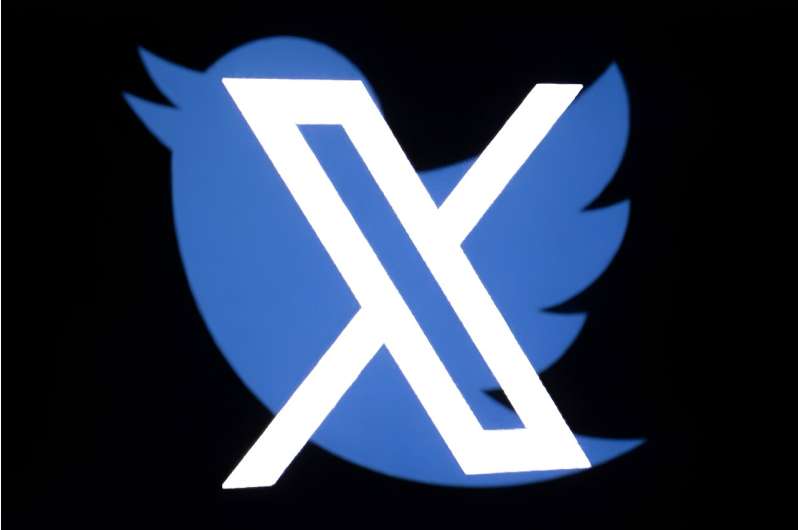
-
Good for real-time trends, news, quotes—ideal for brands that have frequent updates.
-
Best for concise opinions and customer interaction.
4.7 Pinterest

-
Visual-first platform with a strong focus on lifestyle and ecommerce.
-
Pins are discoverable and long-lasting, suitable for tutorials and evergreen content.
5. Case Study: Two Brands, Two Strategies

The “quality over quantity” approach to social marketing platforms isn’t just theory—it’s a proven strategy used by real businesses across industries. Below are two case studies that illustrate how choosing the right platforms (and using them well) leads to meaningful results, even with very different goals and audiences.
5.1 Brand A: Artisan Home Products
Business Type: Small ecommerce brand selling handcrafted home décor items.
Chosen Social Marketing Platforms: Instagram + Pinterest
Why These Platforms:
This brand’s products are highly visual and appeal to aesthetically-driven audiences. Instagram allows for engaging, real-time storytelling through Reels and Stories, while Pinterest serves as a long-term discovery engine for home improvement, décor, and DIY enthusiasts.
Key Tactics:
-
Instagram: Weekly Reels showcasing how products are made, behind-the-scenes content, and Story Q&As to answer design questions from followers.
-
Pinterest: Step-by-step visual tutorials such as “How to Style a Minimalist Living Room” or “DIY Table Centerpiece Ideas” featuring their products, consistently pinned with keyword-rich descriptions.
-
Brand Voice: Warm, helpful, and design-focused, tailored to the creative mindset of the audience on both platforms.
Results:
-
30% increase in engagement within three months
-
25% growth in website traffic directly from Pinterest and Instagram Shop links
-
Noticeable boost in repeat purchases and saves on product pins
Takeaway:
Choosing visual-first social marketing platforms helped Brand A not just showcase their products, but build a lifestyle brand that drives sales through design inspiration.
5.2 Brand B: Corporate Finance Consultant

Business Type: Independent B2B consultant offering financial advisory services to startups and mid-size companies.
Chosen Social Marketing Platforms: LinkedIn + YouTube
Why These Platforms:
For a brand rooted in credibility, expertise, and B2B relationships, LinkedIn and YouTube offered the best avenues to educate, build trust, and generate leads.
Key Tactics:
-
YouTube: Bi-weekly videos on topics like “Understanding Cash Flow for Startups” or “5 Mistakes to Avoid in Business Budgeting” aimed at solving real problems.
-
LinkedIn: Weekly thought leadership articles and finance tips, often repurposed from YouTube scripts. Newsletter integration helped build an email list of highly engaged leads.
-
Brand Voice: Professional, solution-oriented, with a tone that balances authority and approachability.
Results:
-
40% increase in qualified leads within six months
-
60% boost in newsletter subscribers through LinkedIn call-to-actions and gated content
-
Greater brand recognition in startup communities and local finance groups
Takeaway:
By focusing on content-heavy, expert-driven social marketing platforms, Brand B positioned itself as a go-to authority, driving trust and conversion without paid advertising.
What These Case Studies Prove
Whether you’re selling physical products or professional expertise, success on social marketing platforms comes from alignment—not volume. Each brand chose platforms that played to their strengths, aligned with their audience, and supported their core objectives. The result? More engagement, better leads, and smarter growth without the overwhelm.
6. Building a Quality-Over-Quantity Content Strategy
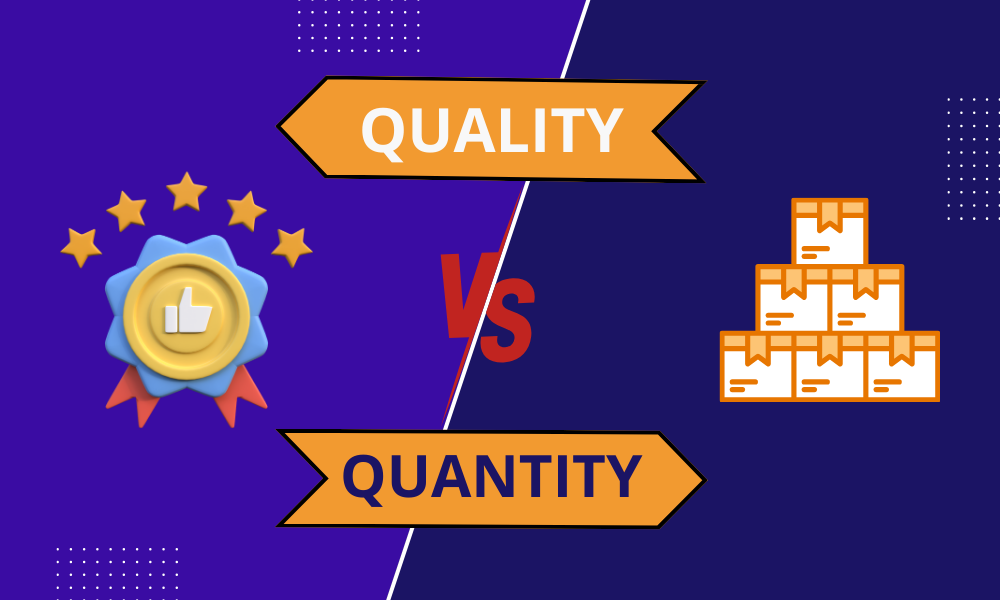
Success on social marketing platforms isn’t about being the loudest—it’s about being the most intentional. A streamlined, focused content plan helps you stay consistent, maximize results, and avoid burnout. Here’s how to build one that prioritizes quality over quantity:
6.1 Start with 2–3 Core Social Marketing Platforms
Rather than trying to manage every available channel, begin with the 2–3 social marketing platforms where your audience is most active and your content style is strongest. This focused approach allows you to show up with purpose and deliver high-value content consistently.
Ask yourself:
-
Where does my audience spend time?
-
What platforms align with my brand voice and strengths?
-
What goals am I trying to achieve?
Whether it’s Instagram and Pinterest for a visual brand or LinkedIn and YouTube for thought leadership, choose platforms that fit your niche and business objectives.
6.2 Create a Strategic Content Calendar
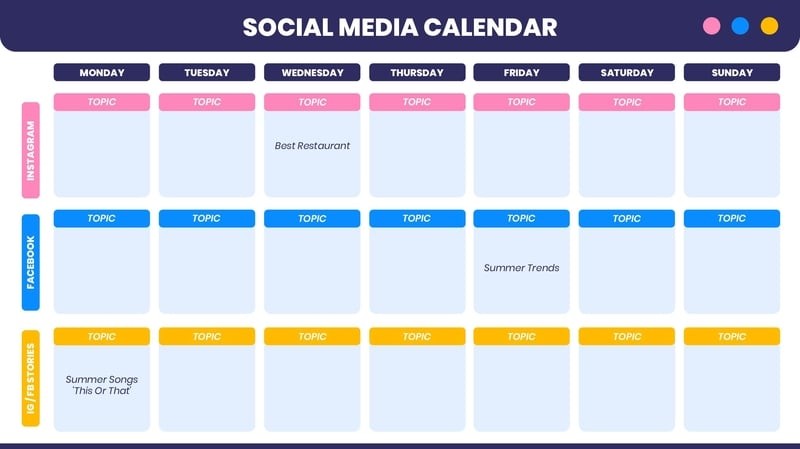
A great content plan starts with great planning. Build a calendar that maps out your content themes, formats, and publishing frequency at least 4–6 weeks in advance. Include recurring content formats like:
-
#MondayMotivation
-
Throwback Thursday
-
Monthly tutorials or tips
-
Behind-the-scenes highlights
Also, block time each week for content creation, scheduling, audience engagement, and performance review. Treat it like a cycle—create, publish, engage, and learn.
6.3 Repurpose Content Intelligently
One piece of content can work across multiple social marketing platforms when repurposed smartly. For example:
-
Repurpose your blog content into a swipeable LinkedIn carousel or an eye-catching Instagram infographic
-
Clip key moments from a YouTube video to post on TikTok or Reels
-
Convert testimonials into branded quote graphics
Maintain a consistent brand voice across all platforms, while tailoring your content format to match each channel’s unique style and audience expectations.
6.4 Automate and Optimize
To maintain consistency without constant manual effort, use scheduling tools like Buffer, Later, or Hootsuite. Platform-native tools such as Meta Business Suite, YouTube Studio, or LinkedIn Scheduler also work well. Automation ensures that your content flows smoothly while freeing up time to engage with your audience and optimize future posts.
7. Measuring Success
Track metrics like:
-
Reach and impressions
-
Engagement (likes, comments, shares)
-
Clicks and website traffic
-
Leads or conversions
Set weekly or monthly checkpoints. Adjust strategy based on platform performance—double down on what works, remove what doesn’t.
8. Common Mistakes to Avoid on Social Marketing Platforms

Even the best marketing strategies can fall short if they overlook the basics. When managing your social marketing platforms, it’s important to avoid these all-too-common mistakes that can quietly hinder your growth and performance:
1. Abandoning the Platforms You’ve Chosen
Selecting the right platforms is only step one—sticking with them is what counts. Inconsistent posting or long periods of silence can cause your audience to lose interest. Show up regularly and stay engaged to maintain momentum and trust.
2. Overlooking Analytics
Your content’s performance is more than just likes and views. Skipping over data means missing valuable insights. Monitor key metrics like engagement, reach, and click-through rates to refine your strategy and make smarter decisions.
3. Copy-Pasting Content Across Platforms
Each social marketing platform has its own style, user expectations, and tone of communication. Simply duplicating posts across channels can feel inauthentic and out of place. Instead, adapt your content to suit the platform’s format and audience behavior.
4. Following Trends Without Purpose
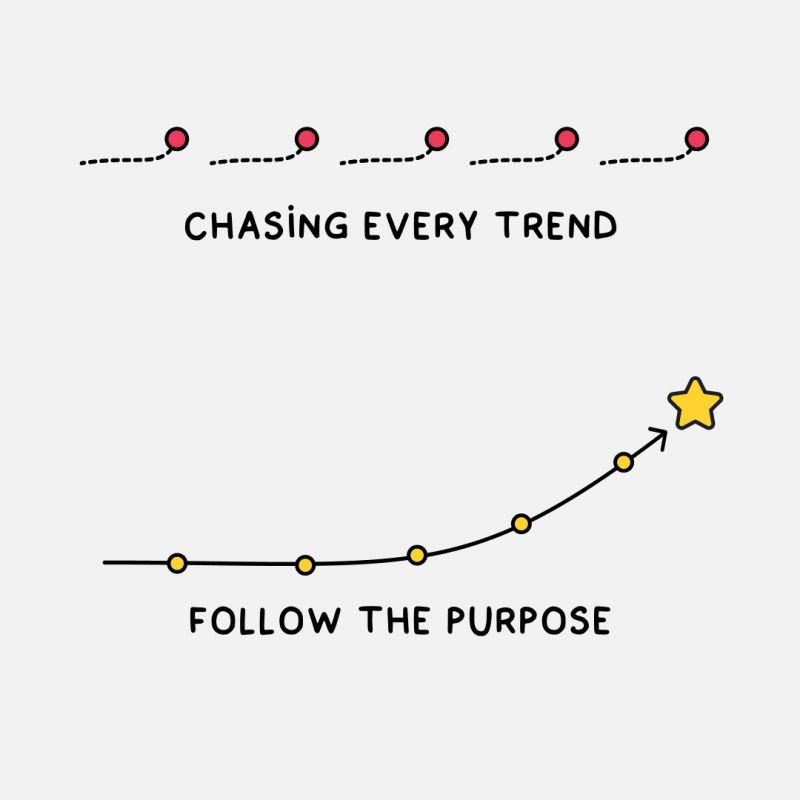
While trends can boost visibility, jumping on every viral moment without a strategy can damage your brand’s credibility. Evaluate whether a trend aligns with your voice and values. Test it on a smaller scale before investing heavily.
9. Scaling Up Sustainably on Social Marketing Platforms
Once you’ve found success using a focused strategy on 2–3 core social marketing platforms, the next step is to scale—but smartly. Growth doesn’t mean suddenly posting everywhere. It means building on what already works, refining your process, and expanding in a way that maintains quality and consistency.
9.1 Add Platforms That Match Proven Strengths
Before diving into new channels, review the data from your existing social marketing platforms. Which content formats are performing best? Where is your audience most engaged? Use those insights to guide your next move. For example, if Instagram Reels are performing well, platforms like TikTok or YouTube Shorts may be natural next steps. Choose additional platforms that complement—not complicate—your content strategy.
9.2 Explore Collaborations and New Formats
Scaling isn’t just about posting more—it’s about creating more value. Consider:\n
-
Guest appearances on relevant podcasts, YouTube channels, or LinkedIn Lives\n
-
Influencer partnerships to expand your reach across multiple social marketing platforms\n
-
Cross-promotion with brands in adjacent industries who share a similar audience
These partnerships can introduce your brand to new followers without the pressure of managing yet another platform from scratch.
9.3 Build a Support System
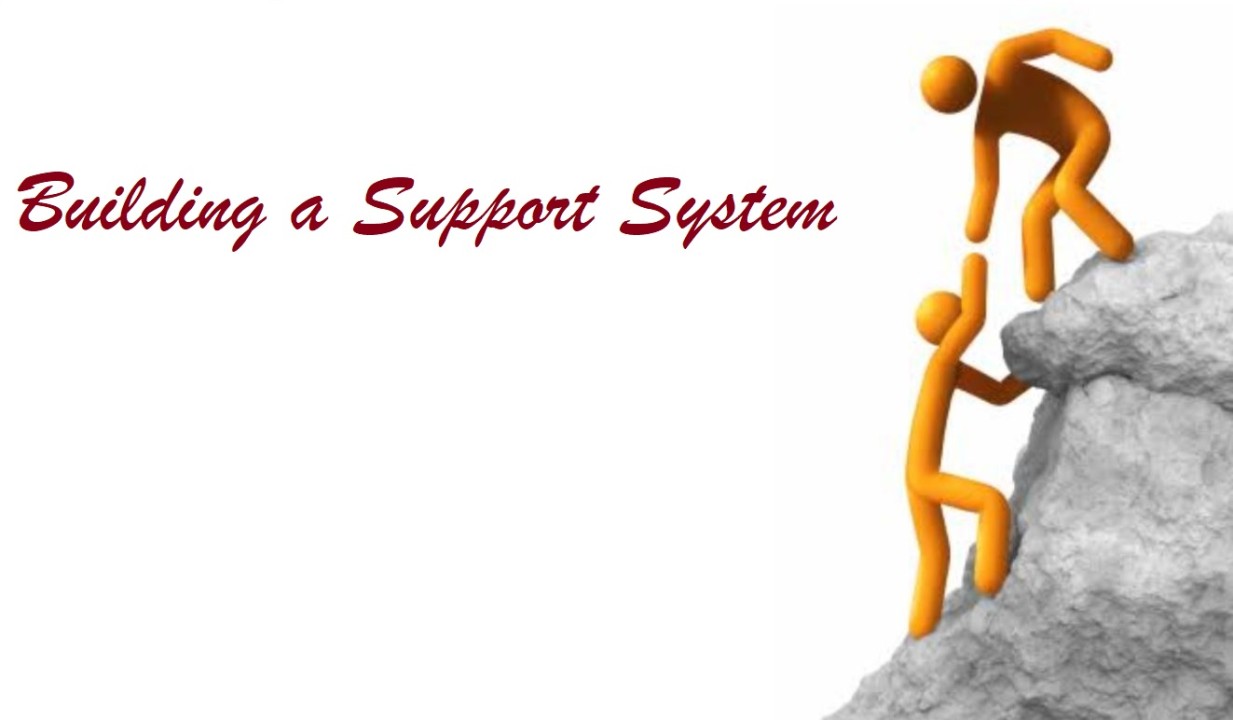
If your audience is growing and content demands are increasing, it may be time to outsource. Hiring a virtual assistant, freelance designer, video editor, or social media manager can help you maintain consistency and expand without sacrificing quality. Delegating allows you to stay focused on strategy while others help with execution across your selected social marketing platforms.
9.4 Expand Only When the Foundation Is Solid
The biggest mistake brands make during growth is expanding too quickly. Don’t add more social marketing platforms just because you feel pressure to “keep up.” Only scale when:\n
-
Your current platforms are delivering strong, trackable results\n
-
Your systems (scheduling, analytics, content production) are working smoothly\n
-
You’re equipped—with the time, tools, or team—to manage additional platforms without compromising quality.
Remember, sustainable growth is built on consistency and clarity—not chaos.
10.Conclusion
In today’s crowded digital landscape, trying to be present on every social channel can lead to more stress than success. The real key to impactful marketing isn’t being everywhere—it’s being effective where it matters most.
Choosing the right social marketing platforms helps you stay focused, save time, and engage meaningfully with your audience. When you align your platform choices with your goals, audience behavior, and content strengths, your marketing becomes more strategic and less scattered. Whether you’re a solo freelancer or a growing brand, this approach builds stronger engagement, better ROI, and long-term momentum.
Instead of chasing every trend or signing up for every new app, double down on what’s working. Build a content calendar that prioritizes consistency, repurpose smartly to save effort, and track your results to stay agile. Avoid the common traps of neglect, guesswork, and overreach—and expand only when your foundation is strong.
At the end of the day, success on social marketing platforms doesn’t come from doing everything. It comes from doing the right things, intentionally and consistently.


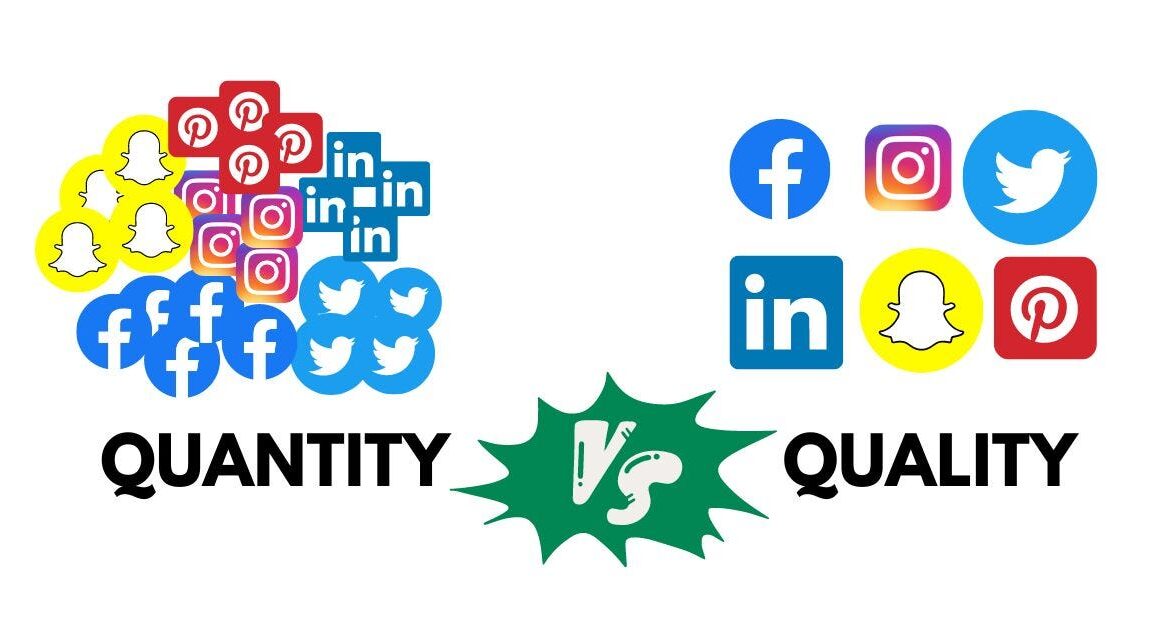

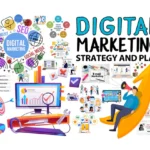

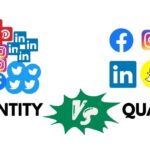
Best Guide to Digital Marketing Strategy 2025
[…] growth. With 2025 ushering in innovative technologies, changing consumer preferences, and dynamic social media marketing platforms like TikTok, Instagram, and X, creating an effective digital marketing strategy has never been more […]
The Ultimate Guide to Successful Digital Marketing for Startups - najiyashilu.in
[…] of the most powerful tools in digital marketing for startups is the effective use of social markketing platforms. Channels like Instagram, Facebook, LinkedIn, and X (formerly Twitter) offer startups the […]